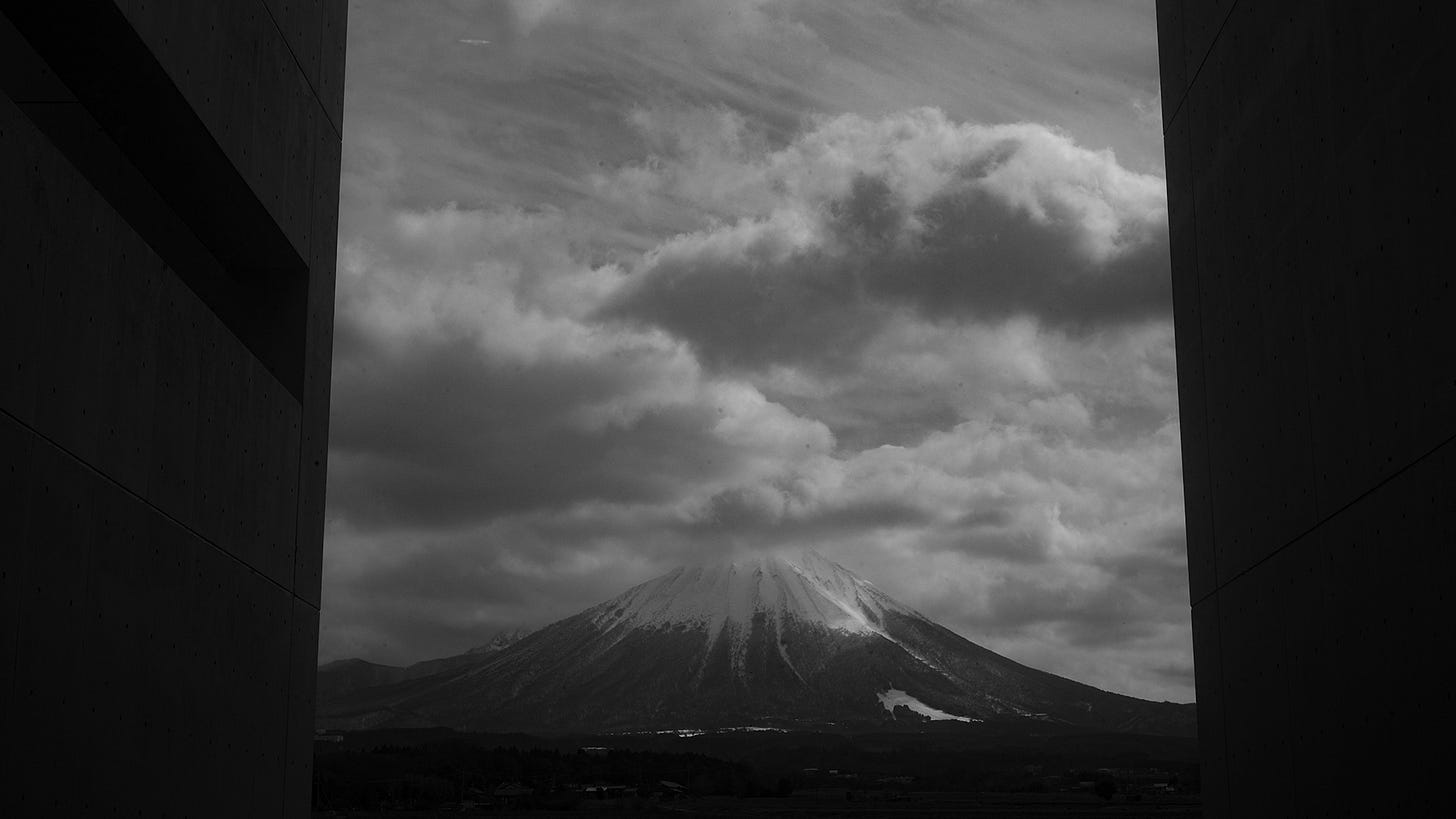Today, I’m visiting Tottori, a region on the San’in coast along the Sea of Japan, now facing rapid depopulation. Despite its quiet modern atmosphere, the wider San’in area—including Izumo, home to the renowned Izumo Taisha shrine—once occupied a prominent place in ancient Japan.
My journey here is rooted in an exploration of ancient Japanese history, specifically the mysterious transition between the Jōmon and Yayoi periods. Traditional interpretations characterize the Jōmon era as a nomadic hunter-gatherer society, which abruptly shifted into the settled, rice-farming culture of the Yayoi. However, through my research, I’ve grown increasingly skeptical of this conventional narrative. I’m in Tottori to investigate an alternative perspective firsthand.
Understanding this historical turning point is challenging. Both the Jōmon and Yayoi peoples lacked written language, leaving no direct records. Thus, any meaningful insight must come from careful analysis of archaeological findings, local cultural practices, environmental factors, and myths.
Recently, scholars have turned their attention to Tottori, recognizing its potential significance in unlocking this historical puzzle. Geographically, Tottori faced the Sea of Japan, serving historically as a gateway for groups migrating directly from China and the Korean Peninsula. Though northern Kyushu is widely accepted as the primary entry point, regional myths along the Sea of Japan suggest alternative routes existed.
A prime example is the well-known myth of the “White Hare of Inaba (因幡の白兎),” which describes a hare originally from the remote Oki Islands in Shimane, journeying to Inaba (present-day eastern Tottori) across the sea, riding on the backs of sharks (wani). Symbolically, this hare likely represents Jōmon groups from the Oki Islands, migrating to the mainland with assistance from another tribal group symbolized by the sharks.
But why did the Oki Islanders feel compelled to leave their homeland? One possibility involves the arrival of new groups directly from China or Korea, who displaced the original Jōmon inhabitants, forcing them to relocate to mainland Tottori.
Interestingly, the myth suggests significant influence held by these Oki islanders in the Inaba region, as evidenced by the hare’s decisive role in determining a princess’s marriage. Archaeological evidence supports the notion of large-scale settlement expansion in Tottori during the Yayoi era, reflecting subsequent waves of migration.
In Yodoe, near modern-day Yonago, evidence indicates that Yayoi settlements expanded significantly over roughly a century. Previously, this area featured a coastal inlet connecting settlements to the Sea of Japan, later blocked by natural sedimentation, creating a large lagoon. This region likely became a key intersection of land and sea trade routes.
Moreover, substantial trade with the Oki Islands already existed in the Jōmon period, primarily involving obsidian—a valuable resource abundantly available on the islands. Numerous obsidian artifacts, both finished and unfinished, discovered in Yodoe suggest specialized production hubs on the mainland. If the Oki islanders (represented symbolically by the hare) controlled obsidian trade, their influence in Tottori would have been considerable from an early stage.
Further east lies the remarkable archaeological site of Aoya-Kamijichi, where excavations have uncovered sophisticated Yayoi-period wooden items, particularly woven baskets. These baskets reveal remarkable craftsmanship, using diverse materials and weaving techniques, notably involving the vine Actinidia arguta (matatabi), chosen specifically for its resilience when submerged in water. Modern artisans have successfully recreated these baskets, confirming matatabi’s practical suitability, possibly for rinsing rice grains—essential in adapting to rice farming.
Today, basket weaving using matatabi continues as a traditional craft in Tottori, reflecting an unbroken cultural lineage spanning over two millennia—a powerful example of ancient ingenuity evolving into lasting tradition.
Perhaps the most groundbreaking discoveries at Aoya-Kamijichi are related to the remains of Yayoi-period structures, suggesting significant migration from northern Korea. Evidence increasingly points toward these migrants eventually moving further south to Yamato (today’s southern Nara Prefecture), possibly establishing a large-scale polity during the 3rd century.
But that’s a deeper story I plan to revisit in a future article.



